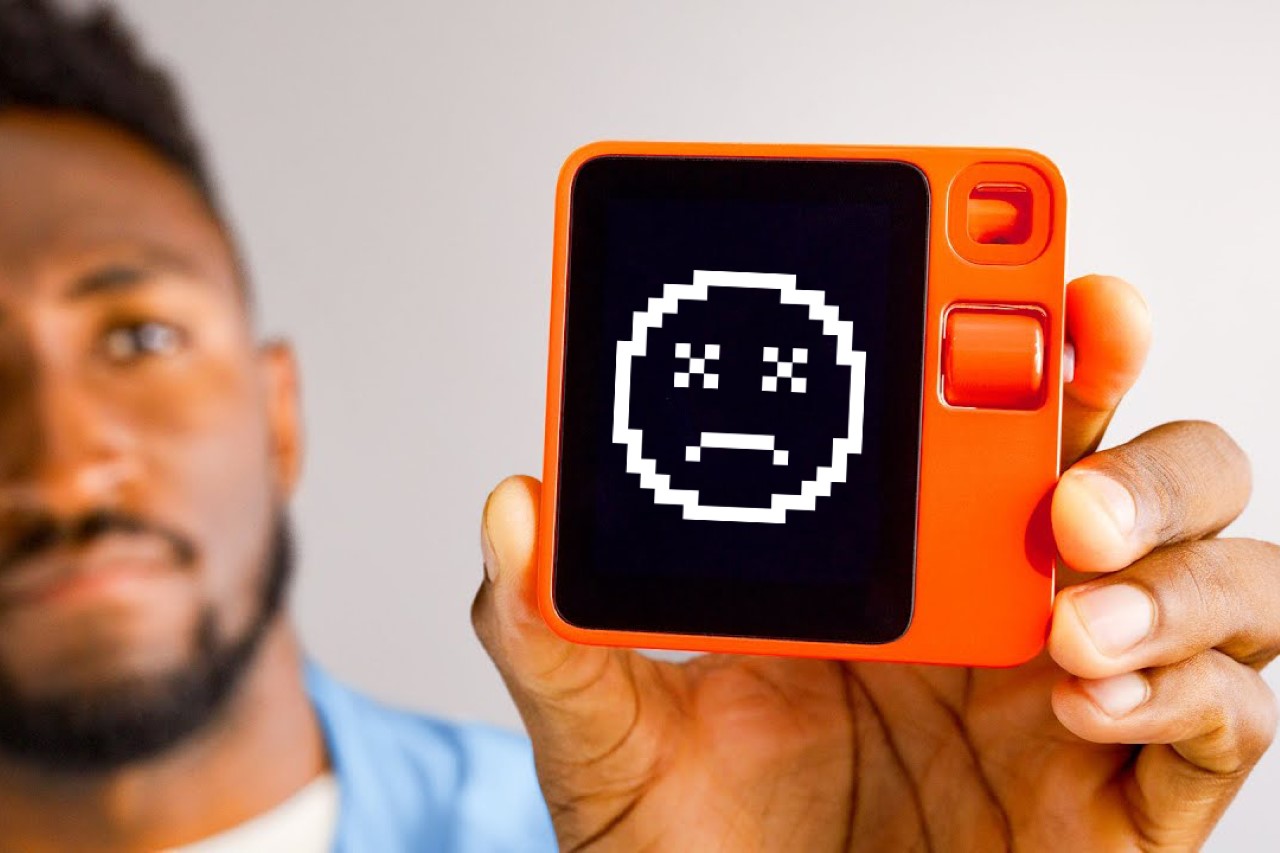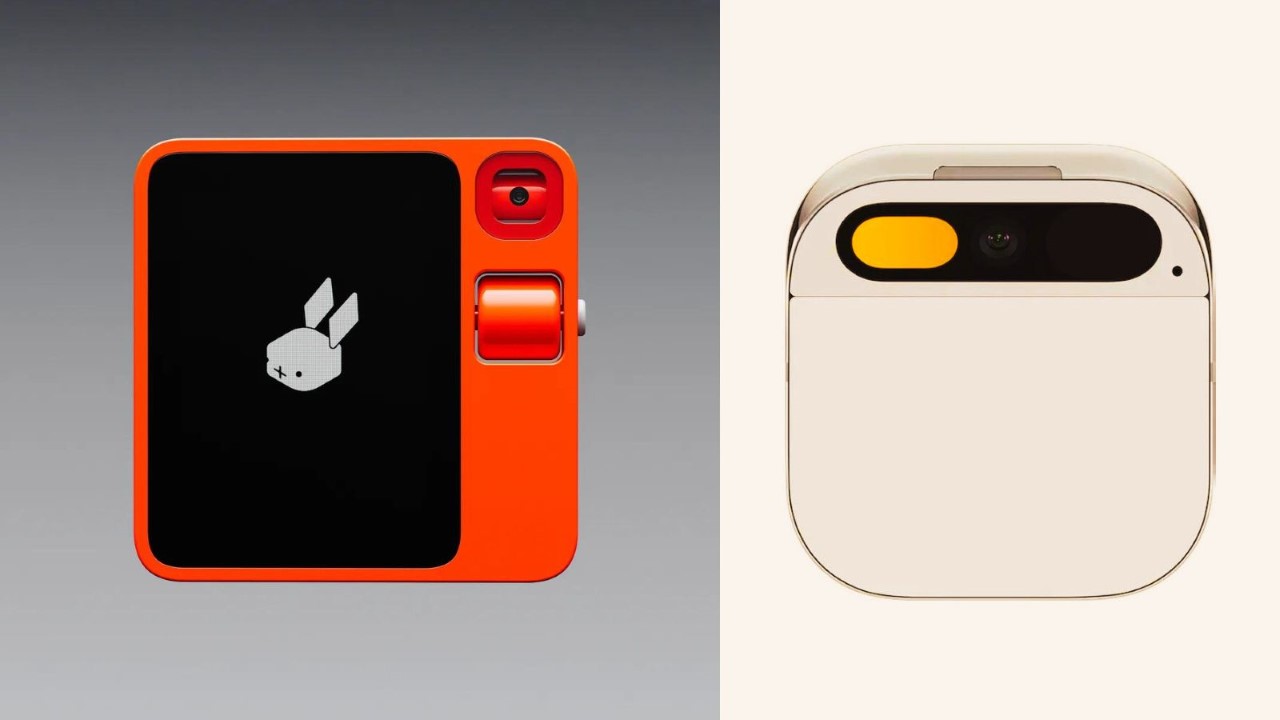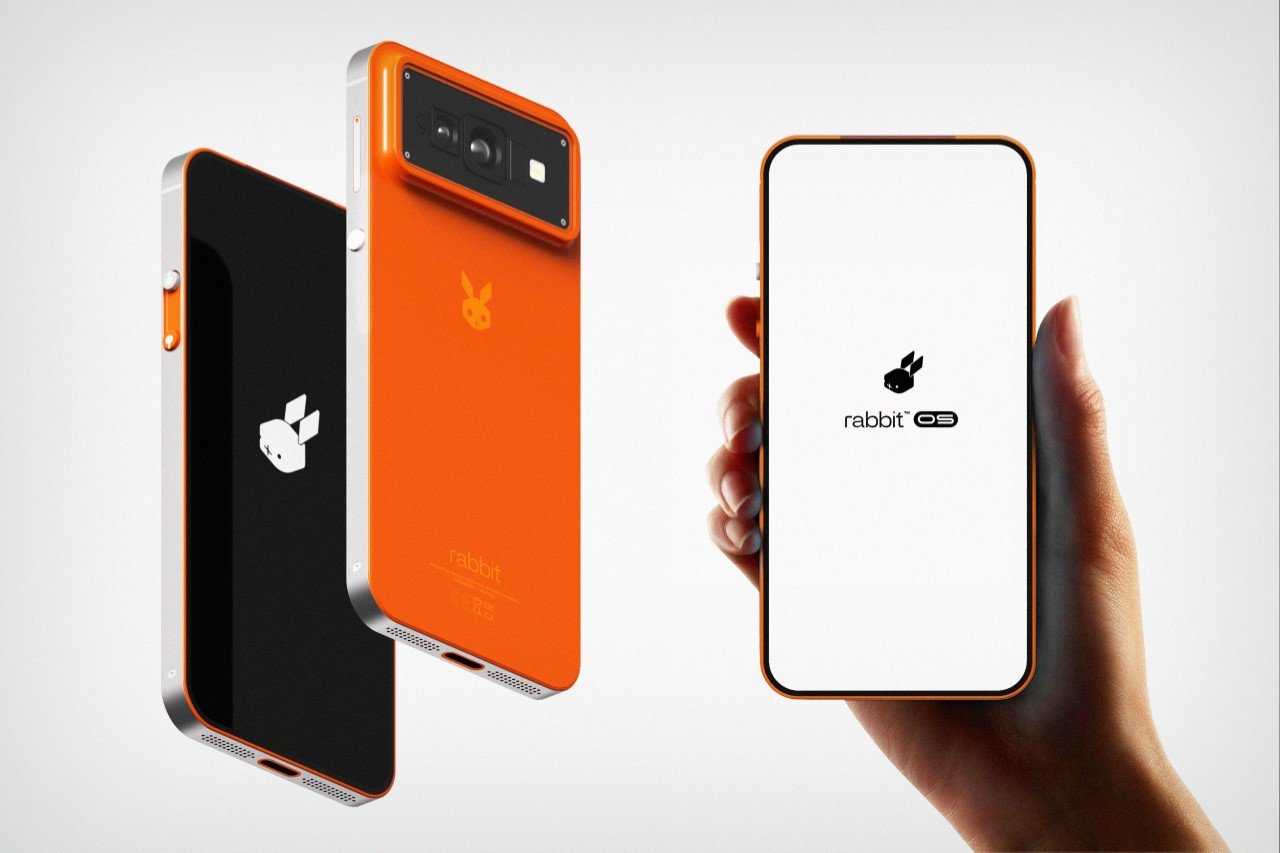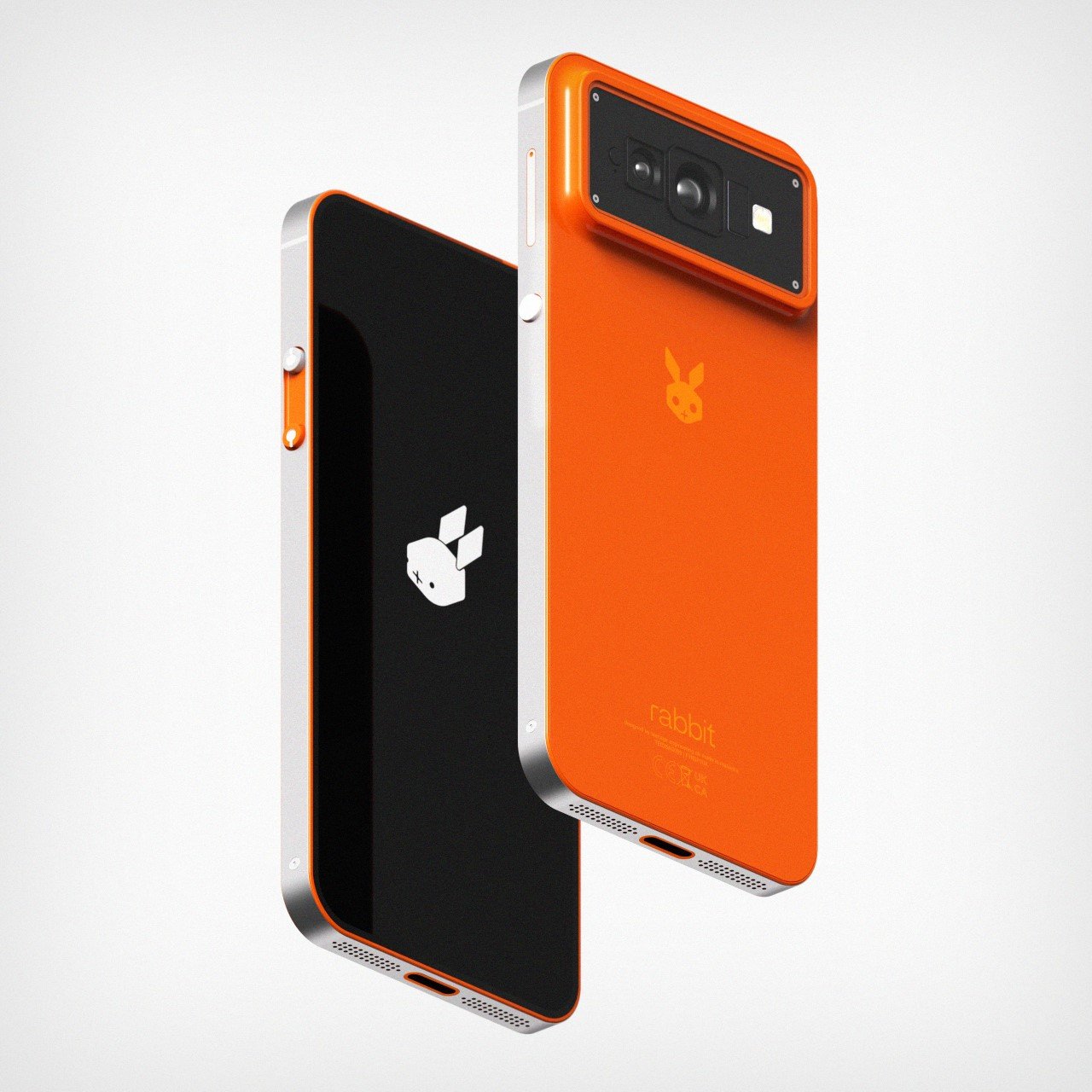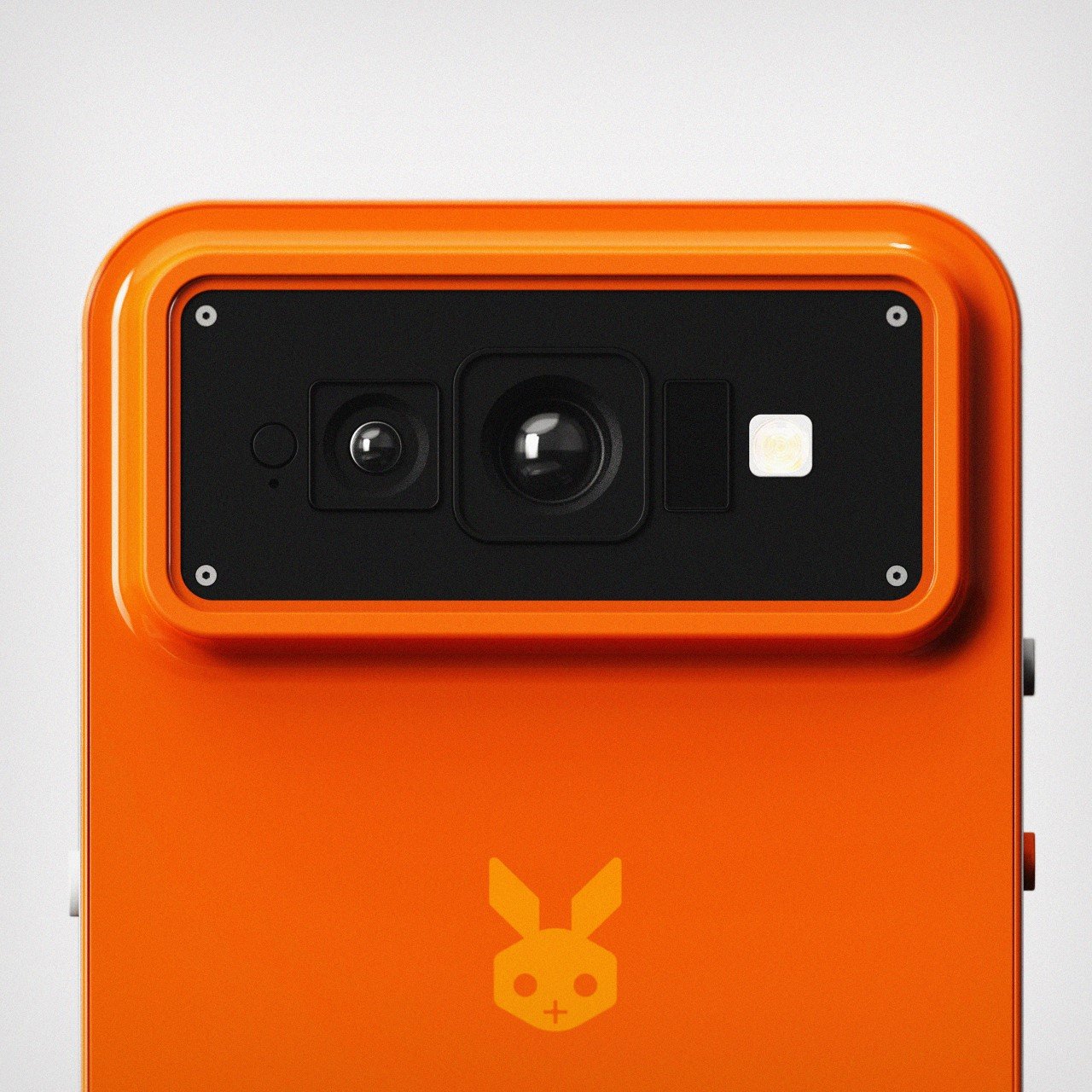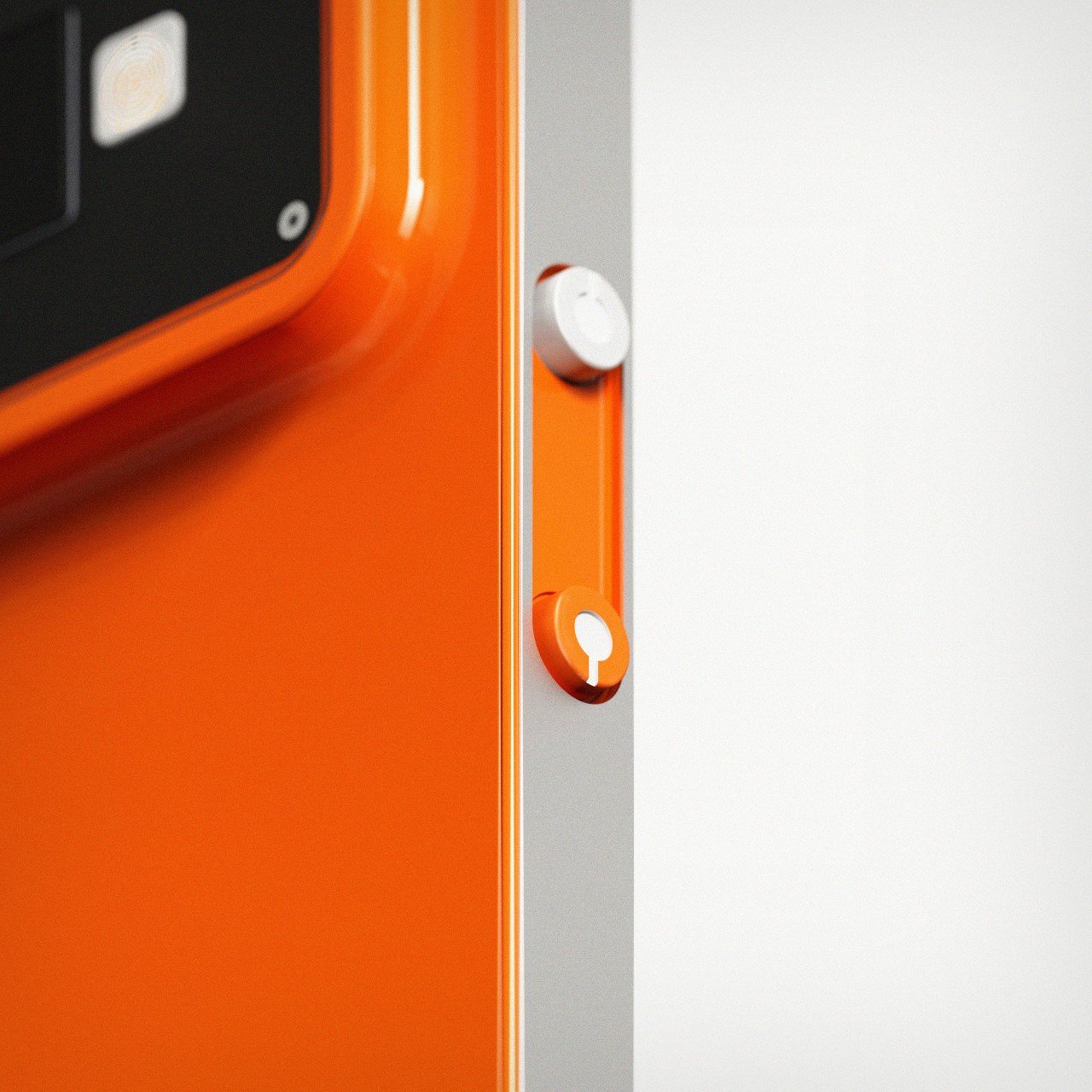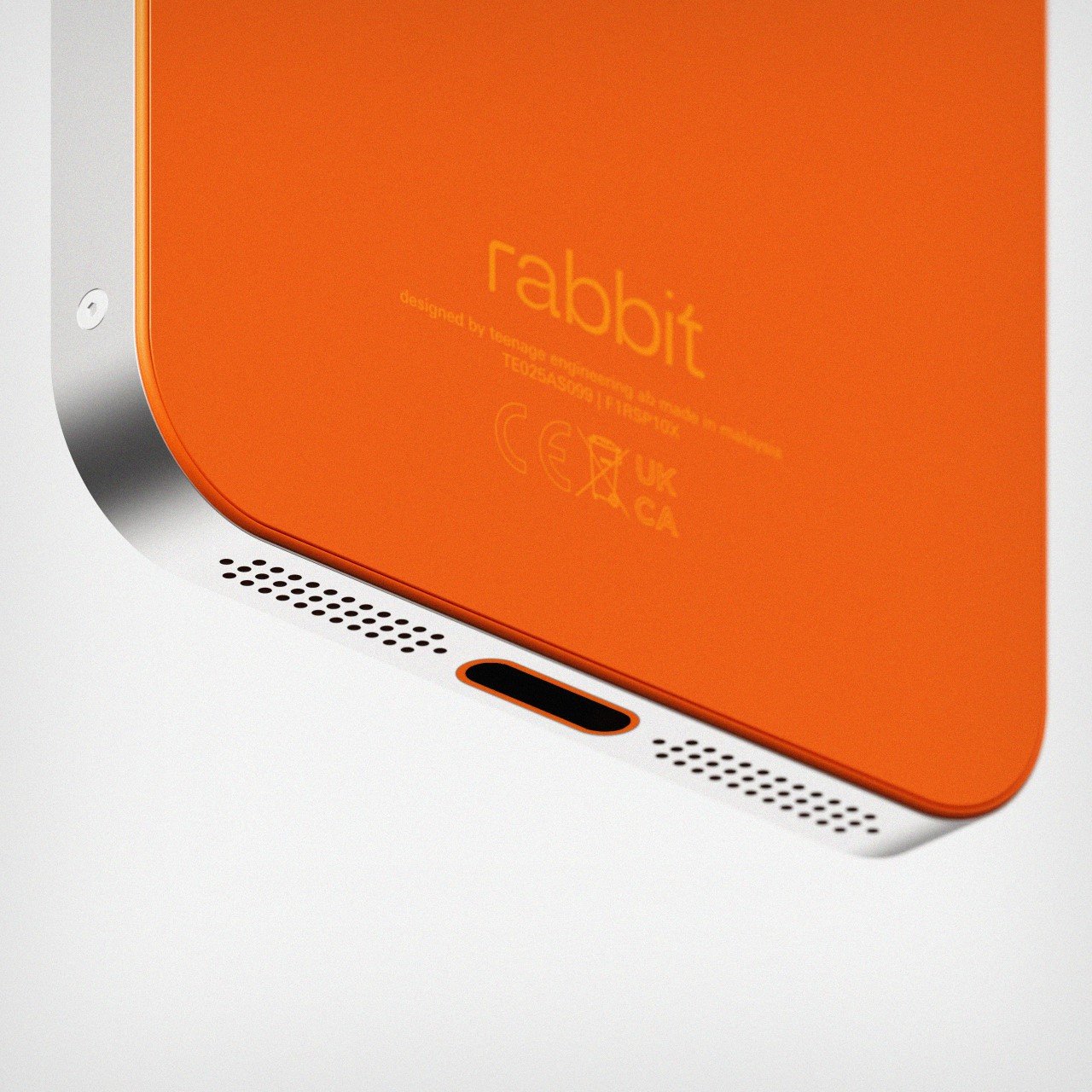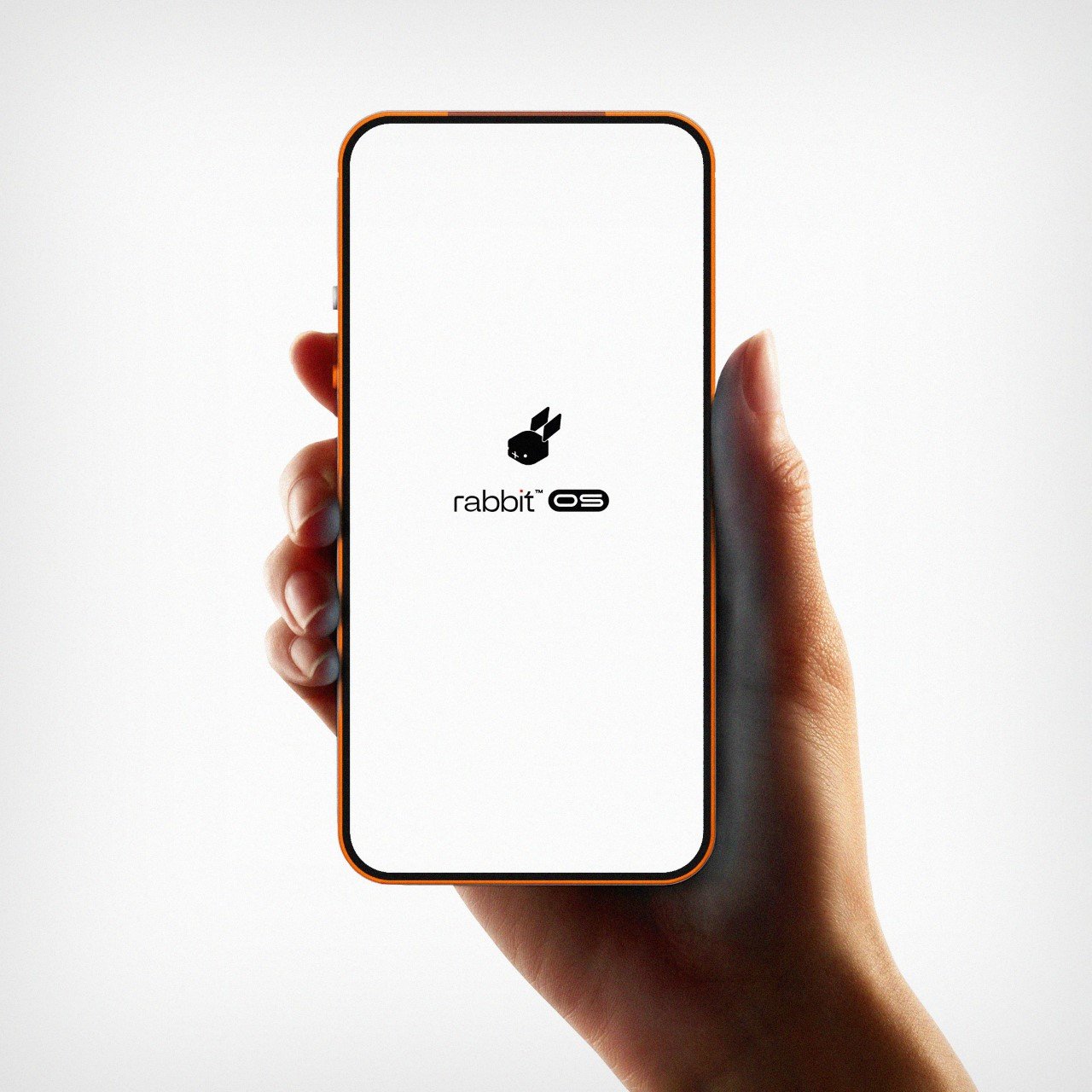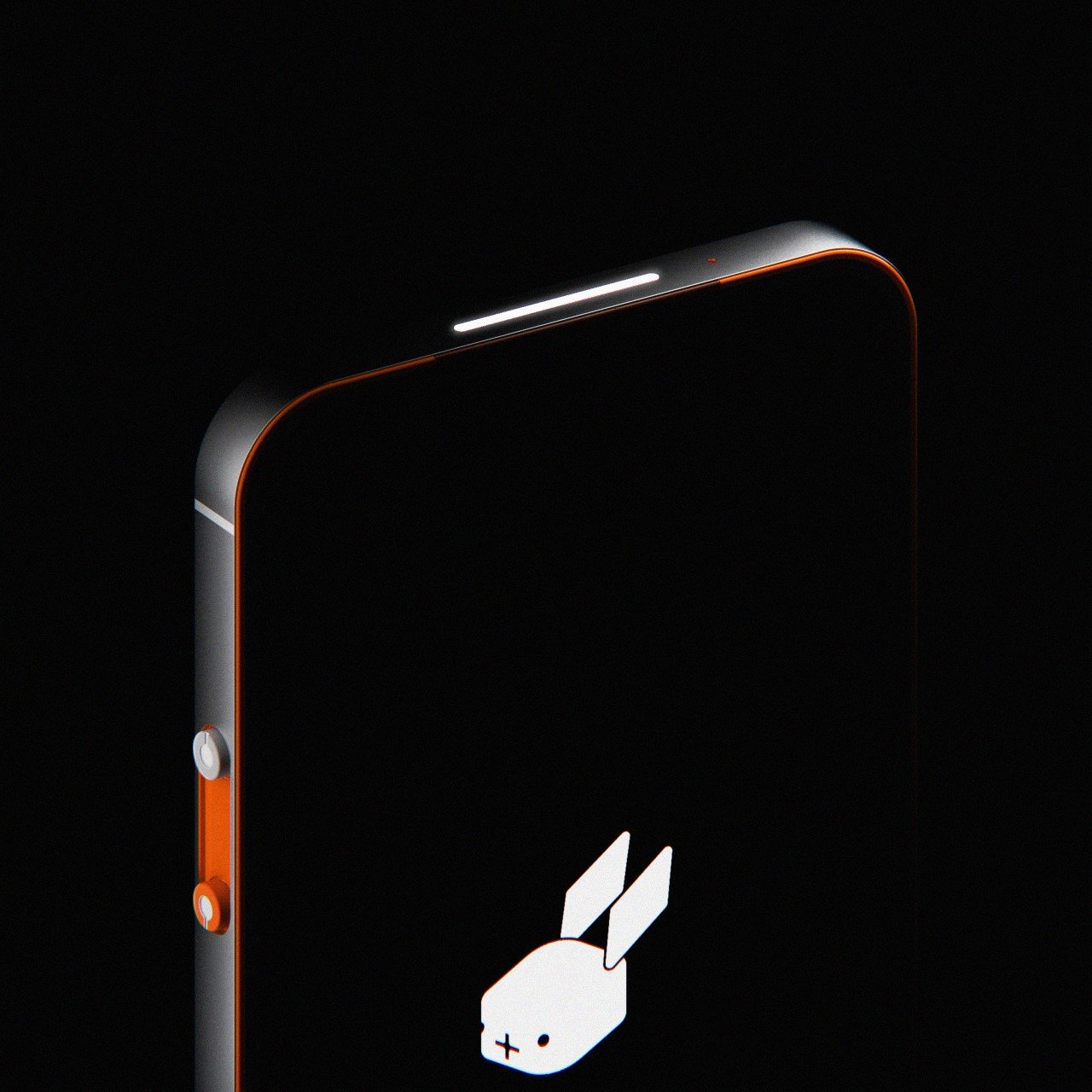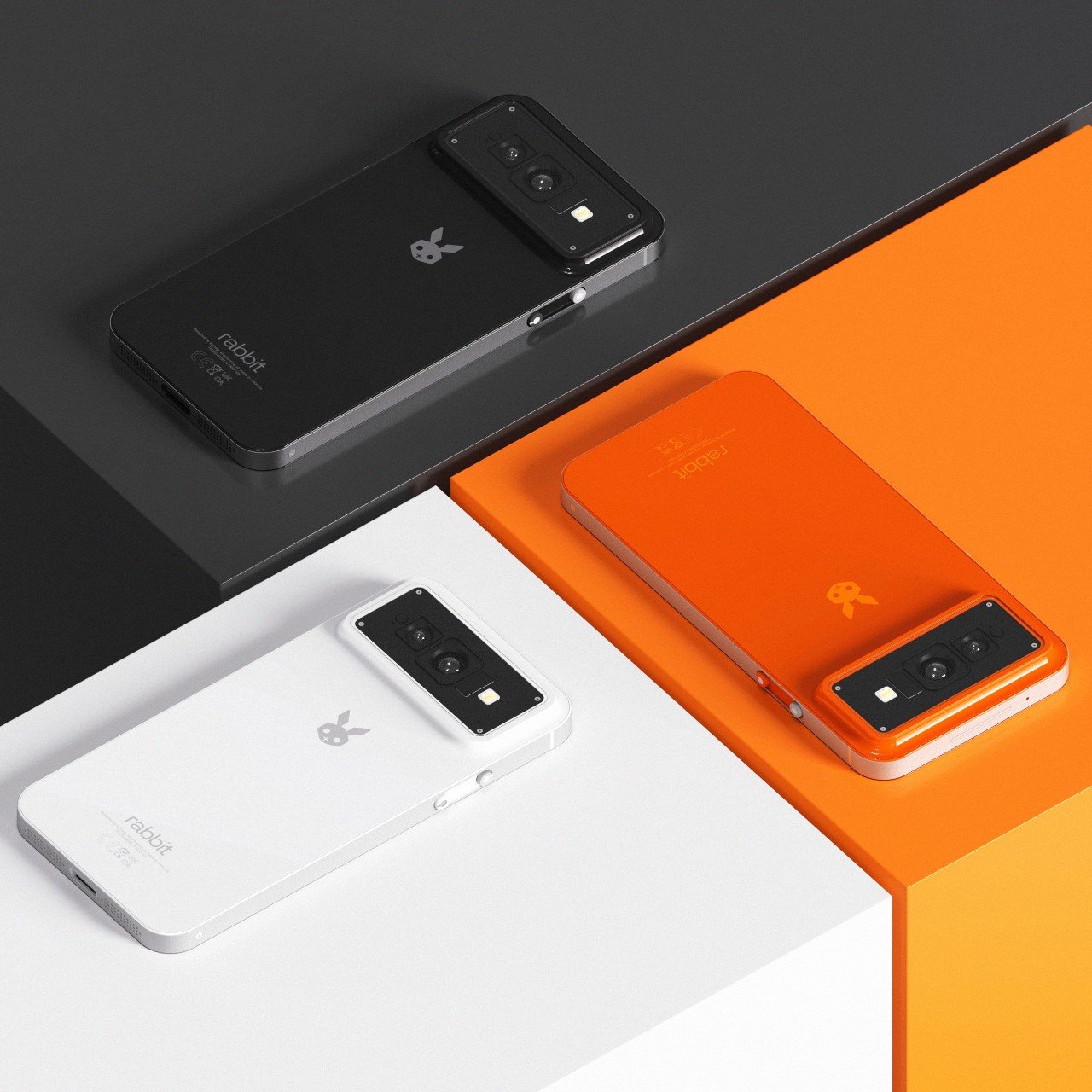This clever little hack basically turns the Rabbit R1 into what it originally was – an Android device – albeit without the limited interface and shoddy AI abilities. YouTuber ‘HowToMen’ showed how he loaded Android 13 onto the R1, and the results are frankly surprising. The touchscreen now works, you can load almost every conceivable app, you can send SMSes, use the camera to take photos/videos or better still, pair it with Google Lens to tap into Google’s AI chops. The scroll wheel now becomes a volume scroller, and heck, the entire device just feels a little more redeemed from its failed past. If you’ve got a Rabbit R1, here’s a clever little trick to make it a little more useful just in case you weren’t happy with its capabilities before.
Designer: HowToMen


After disastrous reviews from the tech community, Humane and Rabbit saw their street cred evaporate almost overnight. Humane ended up folding entirely, trying to sell its entire operation to any buyer. Rabbit, on the other hand, has been a little more steadfast… although people who own the R1 never seem to recommend getting it. The result, dwindling sales and the prospect of a total device failure. For people who already ended up buying the R1, instead of being left with a pretty useless device that doesn’t do half the things it promises, it just makes sense to boot Android onto it. After all, the R1 is basically a highly stripped-down version of Android running just an AI app. Turns out, if you want to jailbreak your Rabbit R1, it isn’t too difficult. You can easily load Android 13 onto the device and use it just the way you would a smartphone.


HowToMen basically jailbroke the Rabbit R1 and installed Android 13 on it. Once done, he installed the Lawnchair launcher to give it a distinct Android-esque aesthetic while adding widgets that he developed himself. The result is basically a tiny Android phone that does everything except make actual calls (although someone on Twitter did demonstrate the ability to call people too). To be honest, it robs the R1 of its Rabbit-esque essence… but then again, I’m an advocate for the ‘if you buy it you own it and you can do whatever you want to it’ school of thought.

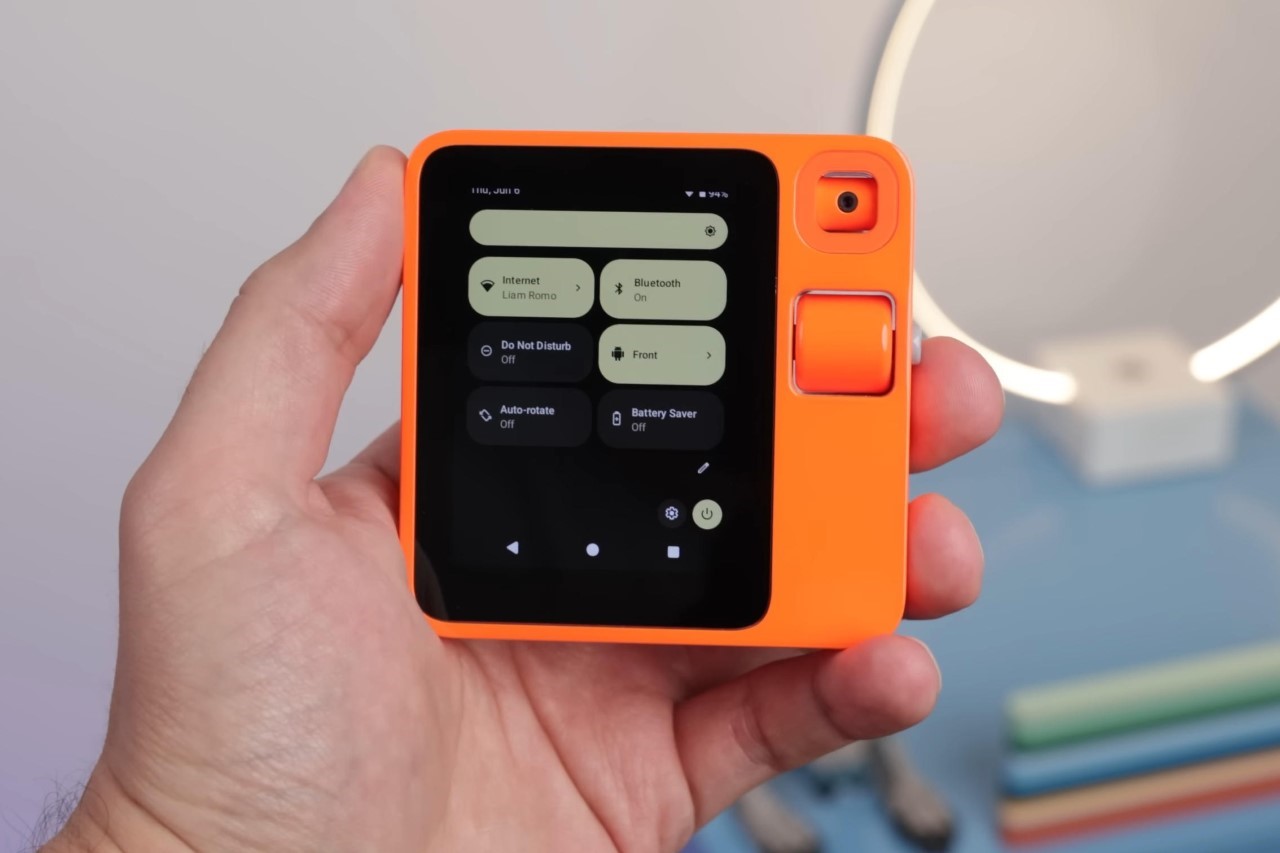
What you’re left with is a pretty capable device that lets you do much more than you previously could with the R1. It has every feature you’d expect from the Android OS, including a dropdown control center, a working camera (although the camera’s direction has to be toggled from the dropdown control center). The camera can be made to face forwards, backwards, or even downwards as a privacy filter.
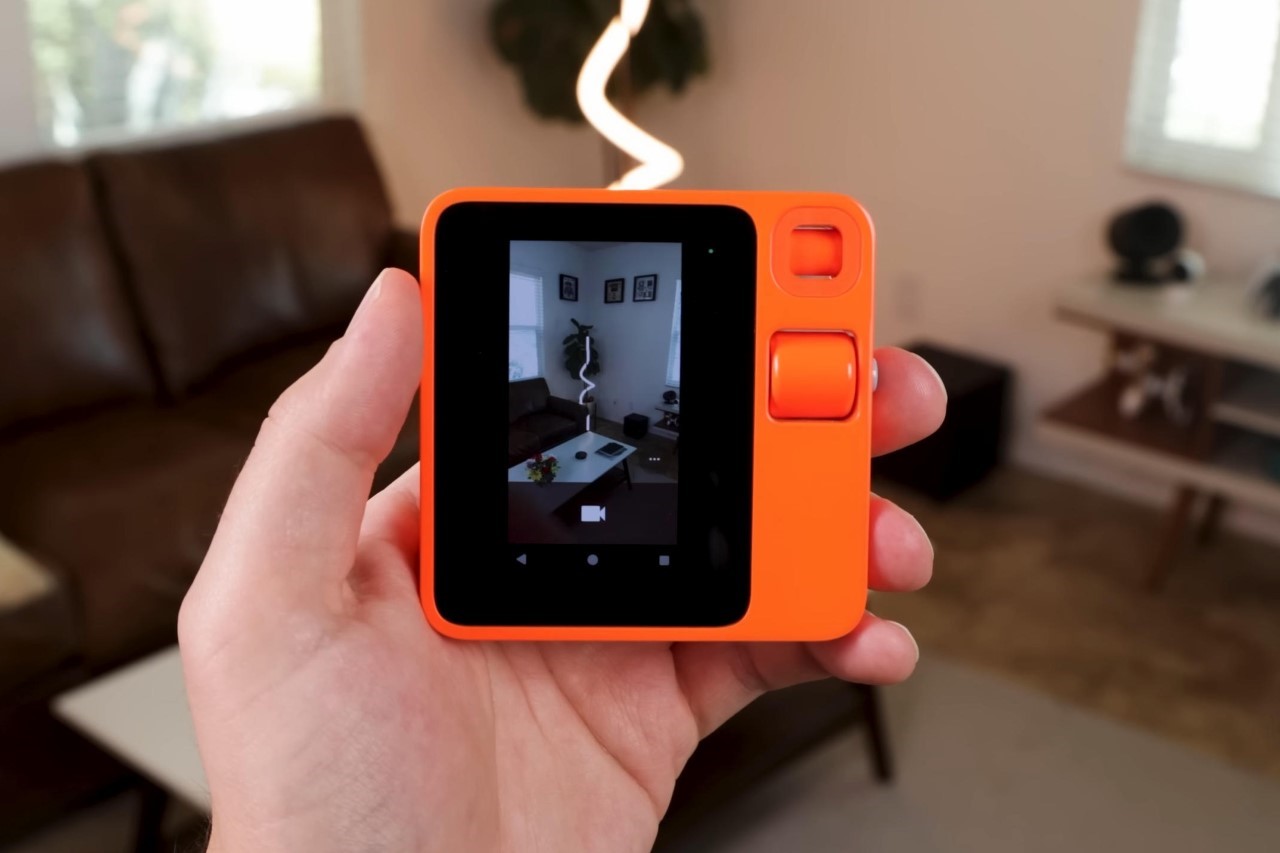
The camera interface isn’t too detailed, and just lets you either click photos or record videos.
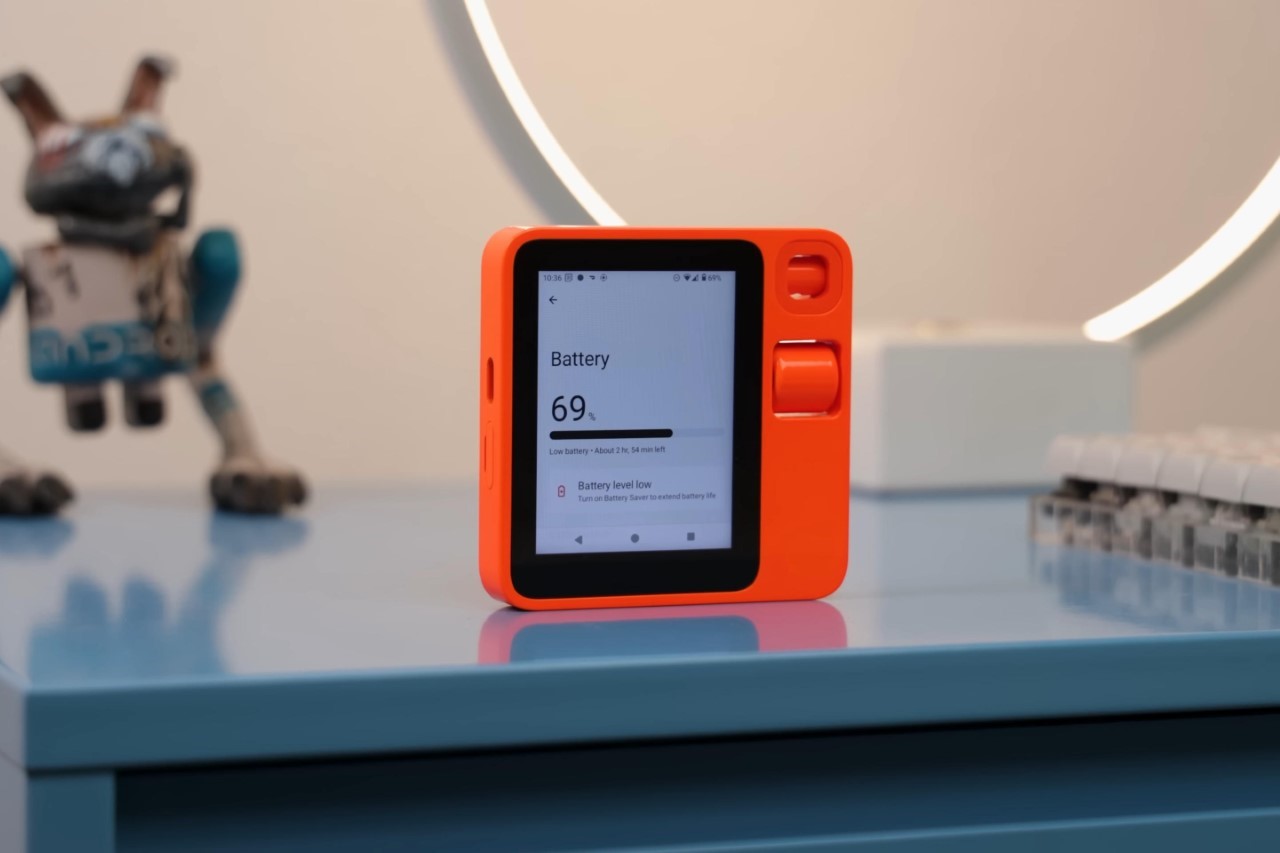

The screen regains its touch-ability, something that Rabbit disabled for the most part. You can navigate it the way you would any Android phone. The speakers at the back work just fine, and a built-in microphone lets you record voice notes. Notably, the scroller on the side now becomes a volume wheel, and the lock button works just as advertised. Pop a SIM card in and you can even do things like send SMSes to friends. I’m not sure if WhatsApp would work on the device, but that’s worth a try too.


The procedure is pretty simple, from what HowToMen describes. It involves installing Android onto the device from a GitHub repository, and then you can add launchers to your device to customize its appearance. There are, however, two caveats – for starters, that 2-inch screen feels like a massive downgrade, giving you an Android experience that feels like something from 2014. The second, is the massive reduction in battery life. Instead of running just the Rabbit AI app, you’re now running Android 13, with all its apps, a colorful interface, and 128 gigs of storage that let you really use the R1 like a phone – that takes a toll on the battery life of the device, making it last significantly less than the R1 originally would. That being said, it’s still a bit of a win, given that you can do much more with the device than you previously could. For a $199 device, it’s quite an achievement, isn’t it?! Even budget Android phones aren’t that cheap!

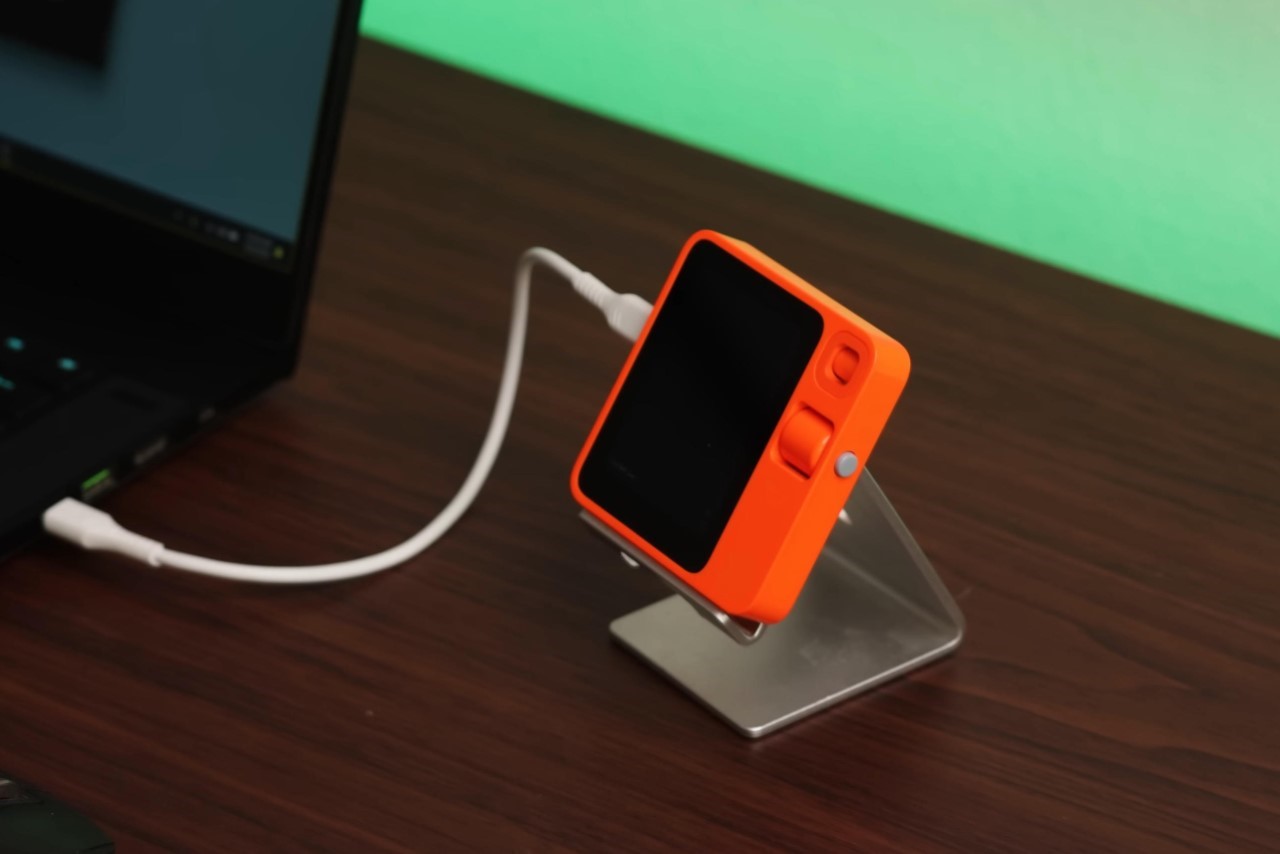
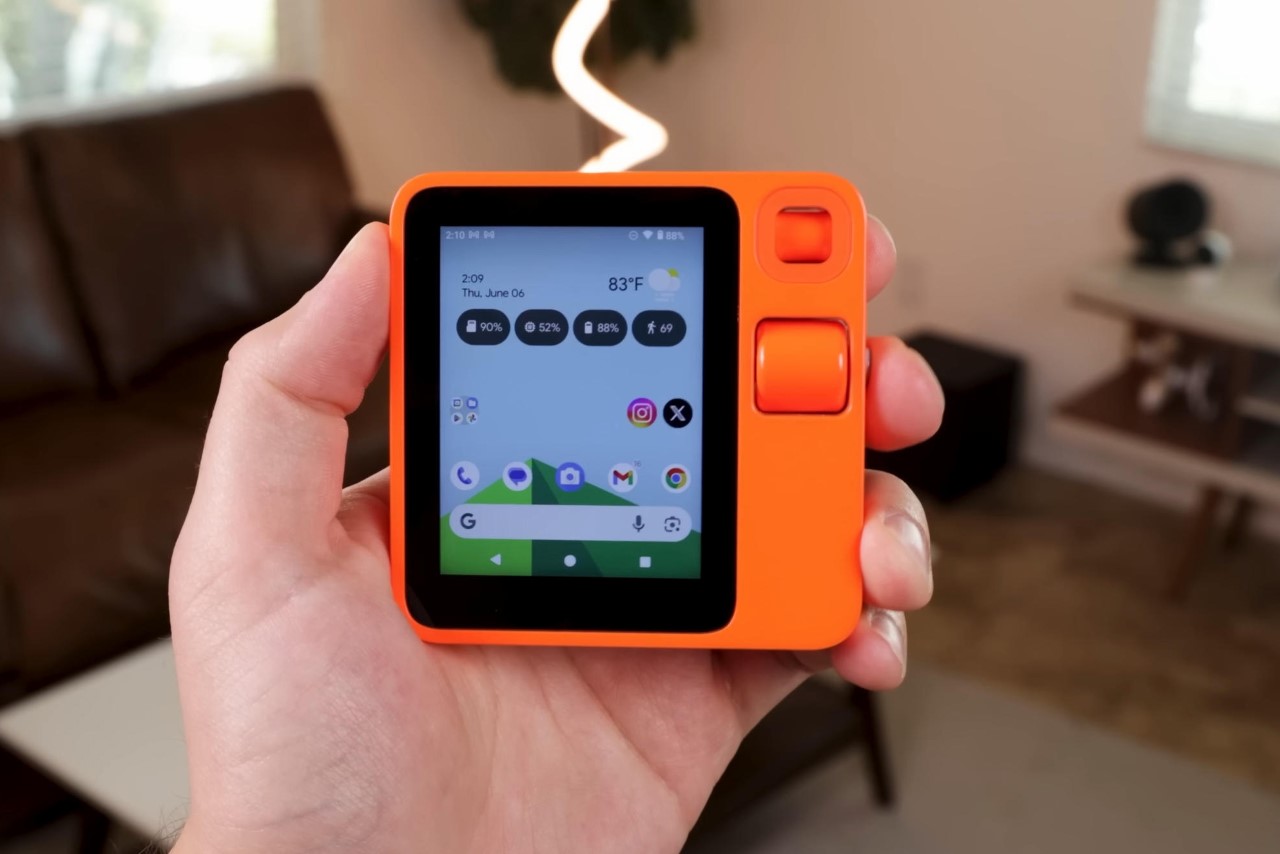
The post Got a Rabbit R1? You can now run Android 13 on it and use it like a regular smartphone first appeared on Yanko Design.
